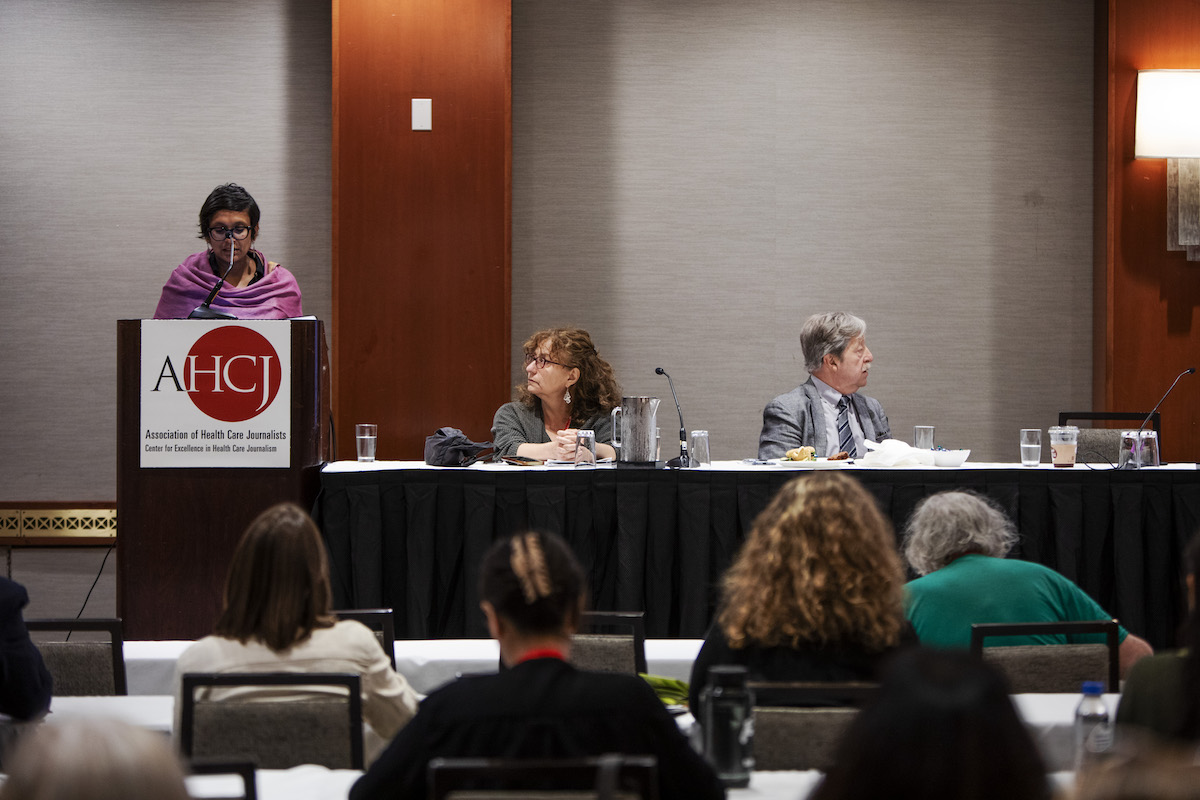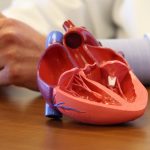By Rob Waters, MindSite News/California Health Fellowship
Trauma, experience and the developing brain
A panel examined the ways young childrens’ brain development is affected by traumatic experiences such as violence, war, and separation from parents.
Charles Nelson, a researcher at Harvard Medical School, explained that the development of children’s brains is influenced by both genetics and experience. “Genes provide the basic blueprint, and then experience writes on top of that blueprint,” shaping the wiring and architecture of neural circuits, he said.
If the experiences are negative and occur during certain critical periods when neural pathways are forming and development occurs rapidly, the process can be especially disruptive, he said. Adverse experiences can be psychosocial like poverty, abuse and violence, or it can be biological — like malnutrition, infection and exposure to environmental toxins.
Nelson was part of a research team that went to Romania after the fall of the Ceausescu regime in 1989 to develop interventions for Romanian infants and children who’d been warehoused in large orphanages, suffering terrible isolation and neglect.
The team designed a long-term study to assess whether placing children in foster care could reverse or mitigate the negative effects of their isolation. For more than 20 years, they followed the status of children who remained in institutional settings compared with those placed into good quality foster care.
Using EEGs, they measured brain activity at age 8 in children who fit into one of four groups: those who remained in orphanage settings; those moved to foster care after age 2; those moved to foster care before 2; and those who were never institutionalized. The researchers found greater levels of brain activity in the children moved into foster care before they turned 2. Those moved later had levels of brain activity very similar to those who remained institutionalized at 8.
In other words, Nelson said, quality foster care reduced but didn’t eliminate the impact of negative experiences on children’s brain development.
Nelson said similar difficulties confront children living in Gaza and migrant children separated from their parents at the U.S.-Mexican border. He noted that these children — especially those in Gaza — can’t be described as having post-traumatic stress disorder because their stress hasn’t ended.
After the Trump administration began separating children from their parents at the Mexico-U.S. border in 2017 to deter people from attempting to enter the country, NPR reporter Rhitu Chatterjee wanted to report on the impacts of detention and separation on children’s mental health.
She interviewed mental health experts, including Nelson, who noted the “eerie similarity” between Romanian orphans and kids separated at the border. Her reporting suggested that even a couple of weeks of detention could cause long-term damage, leading children to enter life with serious deficits — although the damage might be reduced if children are reunited quickly with their parents.
The stress of migration — even without separation — also affects children indirectly through their parents, Chatterjee noted. If parents were suffering from depression or PTSD themselves, they couldn’t provide a buffer from the stresses children experienced. Chatterjee also examined efforts to help kids and families including the Healthy Steps program, which works to address intergenerational stress and social needs of families by connecting them to services through pediatricians’ offices.





